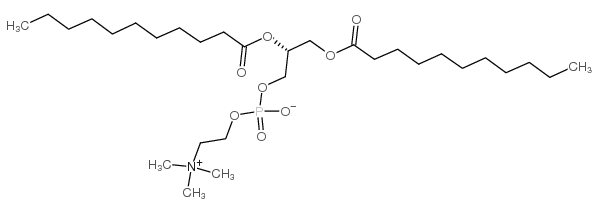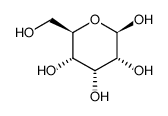| Structure | Name/CAS No. | Articles |
|---|---|---|
 |
Chloroform
CAS:67-66-3 |
|
 |
oleic acid
CAS:112-80-1 |
|
 |
1,2-Diundecanoyl-sn-glycero-3-phosphocholine
CAS:27869-47-2 |
|
 |
Beta-D-allose
CAS:7283-09-2 |